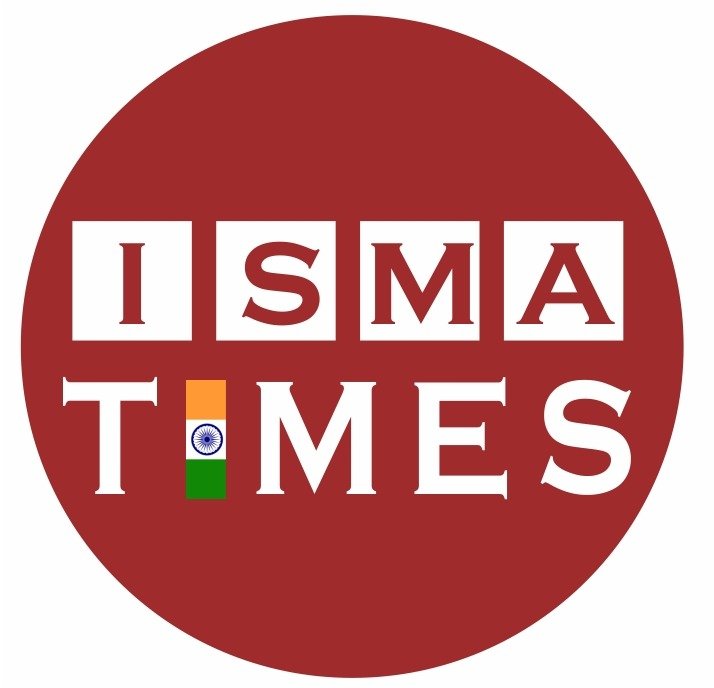The plastic age of Indian politics is being ruled by flex. But don’t look for a meaning in it
In this age of fleeting attention, flex speaks politics in 10 seconds. And Bharat Jodo Yatra has made its own contribution to this burgeoning flex economy.

Flex banner is the emblem of this plastic age of politics. The material, its usage and the message it carries — everything about flex symbolises the changing nature of our public life. I call it the flexification of Indian politics.
As you walk across the country in the Bharat Jodo Yatra (BJY), you cannot help noticing the ubiquity of flex banners, or simply ‘flax’ in most Indian languages. Roadsides are littered with flexes of all shapes and sizes. BJY has made its contribution to the burgeoning flex economy. But flexes are not limited to this yatra or politics in general. Small towns and even rural landscapes are filled with flexes advertising coaching classes, schools, townships (around NCR), jewellery (in Kerala), garments and what have you. Every shop, even your local barber, now has a flex that invites you.
Flex is cheap, convenient
Politics is punctuated with flex at every step. Just as the kings marked their victory with a monument, political leaders mark their daily routine with a flex. Every little inauguration, function or meeting or even birthday ceremony has a flex at the background. You get to learn about the party hierarchy through a flex arrangement of the images of party leaders. Political ideology has to fit into a flex worthy text. A political leader is his flex image. The English slang ‘flexing’, as in showing off, captures the essence of politics. It is all about an external gaze.
Flex was invented to suit all the requirements of the new political market. At Rs 10 per square foot, or even less, it is damn cheap. It is quicker and more durable than the old style cotton banners. It is cheaper and less cumbersome than the metal or fiberglass billboards. It can be quickly and conveniently disposed of as compared to wall writings. It doesn’t stare at you from the wall to remind you of your political affiliations or positions last year. By then your old flex has been recycled as poor man’s wallpaper or floor mat, to remind them of the utility of politics. As the name suggests, a flex offers just the flexibility that Indian politics needs today. No wonder flex has vanquished all its competitors in a way that could be BJP’s envy.
The supermarket of flex offers a wide variety. The small, hanging 4”X6” banners are now passé. We are in the age of humungous billboards. Old-style rectangular frames are giving way to flower-shaped flexes. Cut-outs inspired by South Indian movie publicity are a genre by itself: single, double, embedded multiples. You get various lighting options, as that of texture. If you don’t like the gaudy, shiny stuff, you can always get matte finish. As in a supermarket, or in the market of politics very often, you have so much to choose from that you begin to wonder if the choice amounts to anything, if there is any real difference between various products.

















